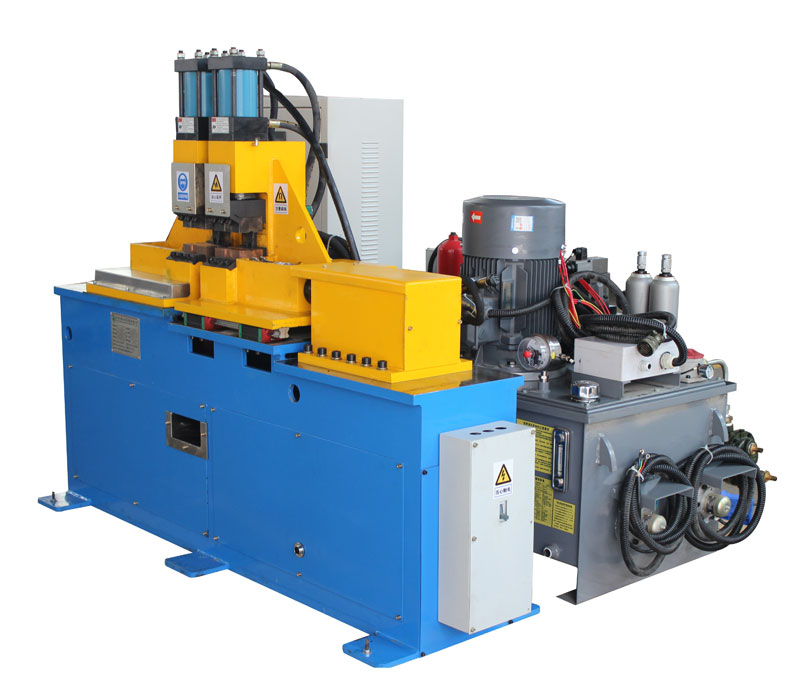Flash butt welding is a critical process in the manufacturing industry, widely used to join two pieces of metal. To ensure the quality and efficiency of this welding technique, the implementation of a monitoring function in the welding machine is imperative.
This monitoring function provides real-time data and feedback on the welding process. It allows operators to closely observe the key parameters of the welding, ensuring the weld joint meets the required standards. These parameters include temperature, pressure, and time, which are crucial factors in achieving a strong and durable weld.
The monitoring system also plays a significant role in enhancing the safety of the welding process. By continuously monitoring the temperature and pressure during the flash butt welding, it can detect any abnormal conditions or fluctuations that may lead to defects or accidents. In such cases, the system can automatically trigger an alarm or even stop the welding process to prevent any potential hazards.
Furthermore, the monitoring function can collect and store data from each welding operation. This data can be used for quality control and process optimization. By analyzing the historical data, manufacturers can identify trends and patterns in the welding process, leading to improvements in efficiency and the reduction of waste.
In summary, the implementation of a monitoring function in flash butt welding machines is a crucial step towards achieving consistent and high-quality welds. It ensures the safety of the welding process, allows for real-time quality control, and provides valuable data for process optimization. As technology continues to advance, these monitoring functions are likely to become even more sophisticated, further enhancing the capabilities of flash butt welding in the manufacturing industry.
Post time: Oct-30-2023



